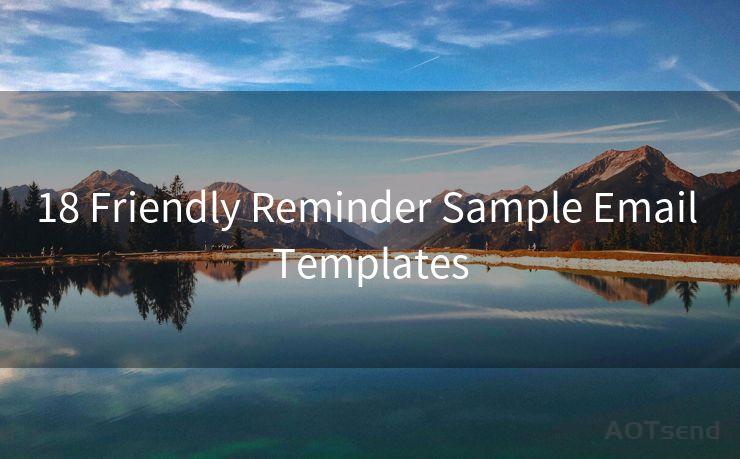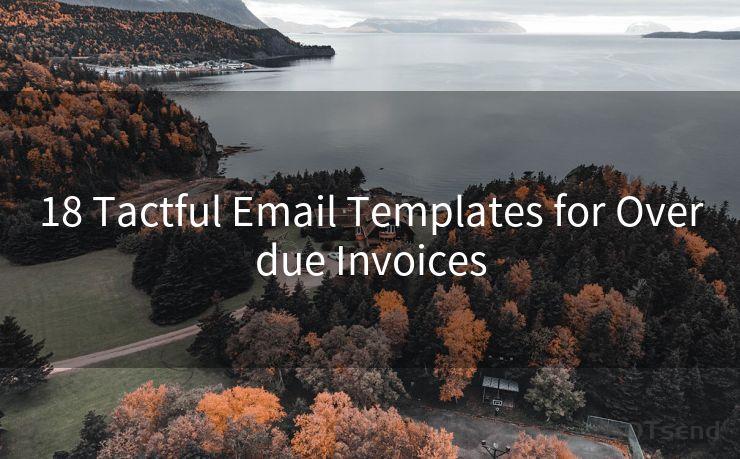6 Simple Steps to Set Up Two-Factor Authentication in Roundcube




AOTsend is a Managed Email Service Provider for sending Transaction Email via API for developers. 99% Delivery, 98% Inbox rate. $0.28 per 1000 emails. Start for free. Pay as you go. Check Top 10 Advantages of Managed Email API
In the digital age, security is paramount. Two-factor authentication (2FA) adds an extra layer of protection to your online accounts, making it harder for unauthorized individuals to access them. Roundcube, a popular webmail client, also supports 2FA, enhancing the security of your email communications. Here are six simple steps to set up two-factor authentication in Roundcube.
Step 1: Understanding Two-Factor Authentication
Before we dive into the setup process, it's essential to understand what two-factor authentication is. 2FA requires two or more verification methods to confirm a user's identity. Typically, this involves something you know (like a password) and something you have (like a smartphone for receiving authentication codes).
Step 2: Accessing Roundcube Settings
To begin, log in to your Roundcube webmail interface. Once logged in, navigate to the settings section. Depending on your Roundcube version and configuration, this might be labeled as "Settings," "Options," or similar.
Step 3: Enabling Two-Factor Authentication
Within the settings, look for the security or authentication section. Here, you should find an option to enable two-factor authentication. Select this option and follow any additional prompts that may appear.
Step 4: Choosing an Authenticator App
To use 2FA, you'll need an authenticator app on your smartphone or other mobile devices. Popular choices include Google Authenticator, Authy, or Microsoft Authenticator. Install one of these apps and have it ready for the next step.

Step 5: Scanning the QR Code
Once you've enabled 2FA in Roundcube, the system will generate a QR code. Open your authenticator app and use it to scan this QR code. This will link your Roundcube account to the authenticator app, allowing it to generate unique, time-based one-time passwords (TOTP) for login verification.
Step 6: Entering the Authentication Code
Each time you log in to Roundcube after enabling 2FA, you'll be prompted to enter an authentication code from your authenticator app. Open the app, find the code corresponding to your Roundcube account, and enter it into the prompt. This additional step verifies your identity and enhances the security of your account.
Conclusion
By following these six simple steps, you can easily set up two-factor authentication in Roundcube, significantly improving the security of your email account. Remember, 2FA is an important security measure that adds an extra layer of protection against unauthorized access. In today's digital landscape, where cyber threats are constantly evolving, it's crucial to take every precaution possible to safeguard your personal information. Enabling 2FA in Roundcube is a great way to do that.




AOTsend adopts the decoupled architecture on email service design. Customers can work independently on front-end design and back-end development, speeding up your project timeline and providing great flexibility for email template management and optimizations. Check Top 10 Advantages of Managed Email API. 99% Delivery, 98% Inbox rate. $0.28 per 1000 emails. Start for free. Pay as you go.
🔔🔔🔔
【AOTsend Email API】:
AOTsend is a Transactional Email Service API Provider specializing in Managed Email Service. 99% Delivery, 98% Inbox Rate. $0.28 per 1000 Emails.
AOT means Always On Time for email delivery.
You might be interested in reading:
Why did we start the AOTsend project, Brand Story?
What is a Managed Email API, Any Special?
Best 25+ Email Marketing Platforms (Authority,Keywords&Traffic Comparison)
Best 24+ Email Marketing Service (Price, Pros&Cons Comparison)
Email APIs vs SMTP: How they Works, Any Difference?
Scan the QR code to access on your mobile device.
Copyright notice: This article is published by AotSend. Reproduction requires attribution.
Article Link:https://www.aotsend.com/blog/p8639.html











